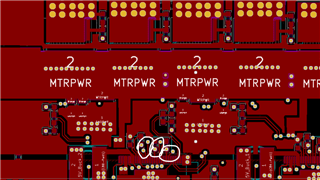Hi everyone,
I am working on a BLDC motor controller design using DRV8302 IC for 24V 20A application. I am following the design recommended in datasheet as shown below.
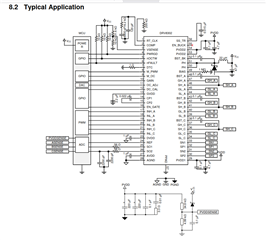
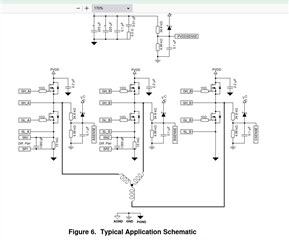
When i turn on the 24V battery supply, i get ringing noise at SH_A, SH_B, and SH_C, when i use 4.7E gate resistor. This ringing noise gets coupled with the DRV8302 SO1 and SO2 signals and also disturbs the Micro-controller ADC.
There is no ringing noise when i increase the gate resistor to 100E. But i want to know what's the reason behind that ringing noise and what are the other ways to remove that ringing noise.
My PWM signal frequency is 25KHz and I am using two 470uF capacitor in parallel configuration at the 24V input power rail.
I am attaching the images of PCB layout design here for the reference.
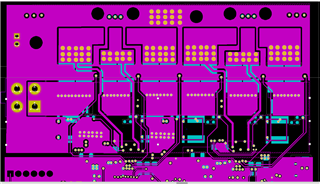
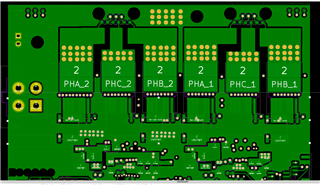
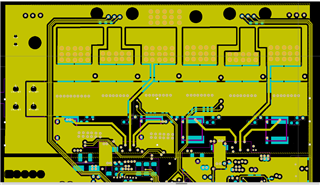
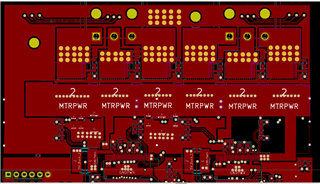
Thanks.


